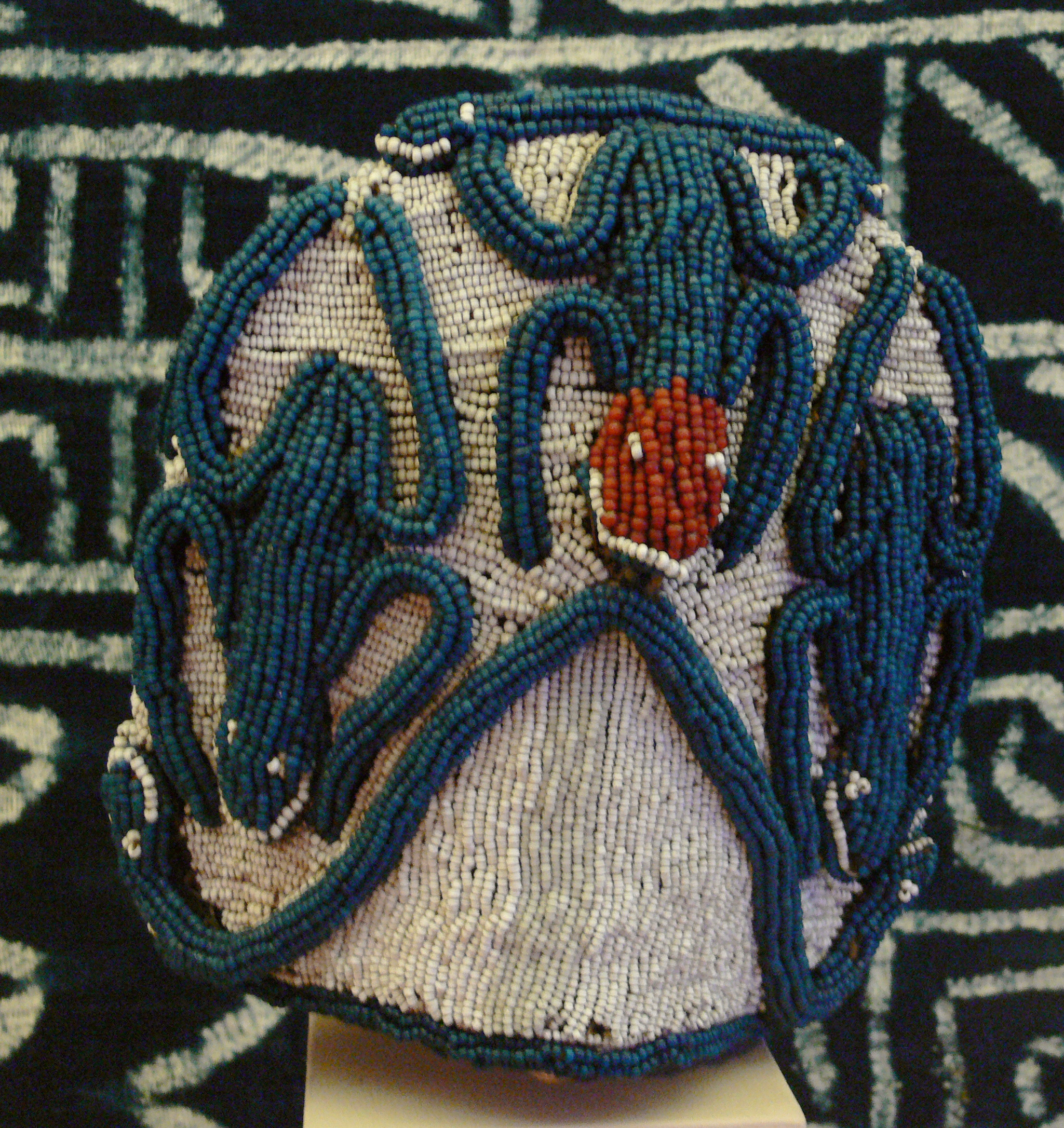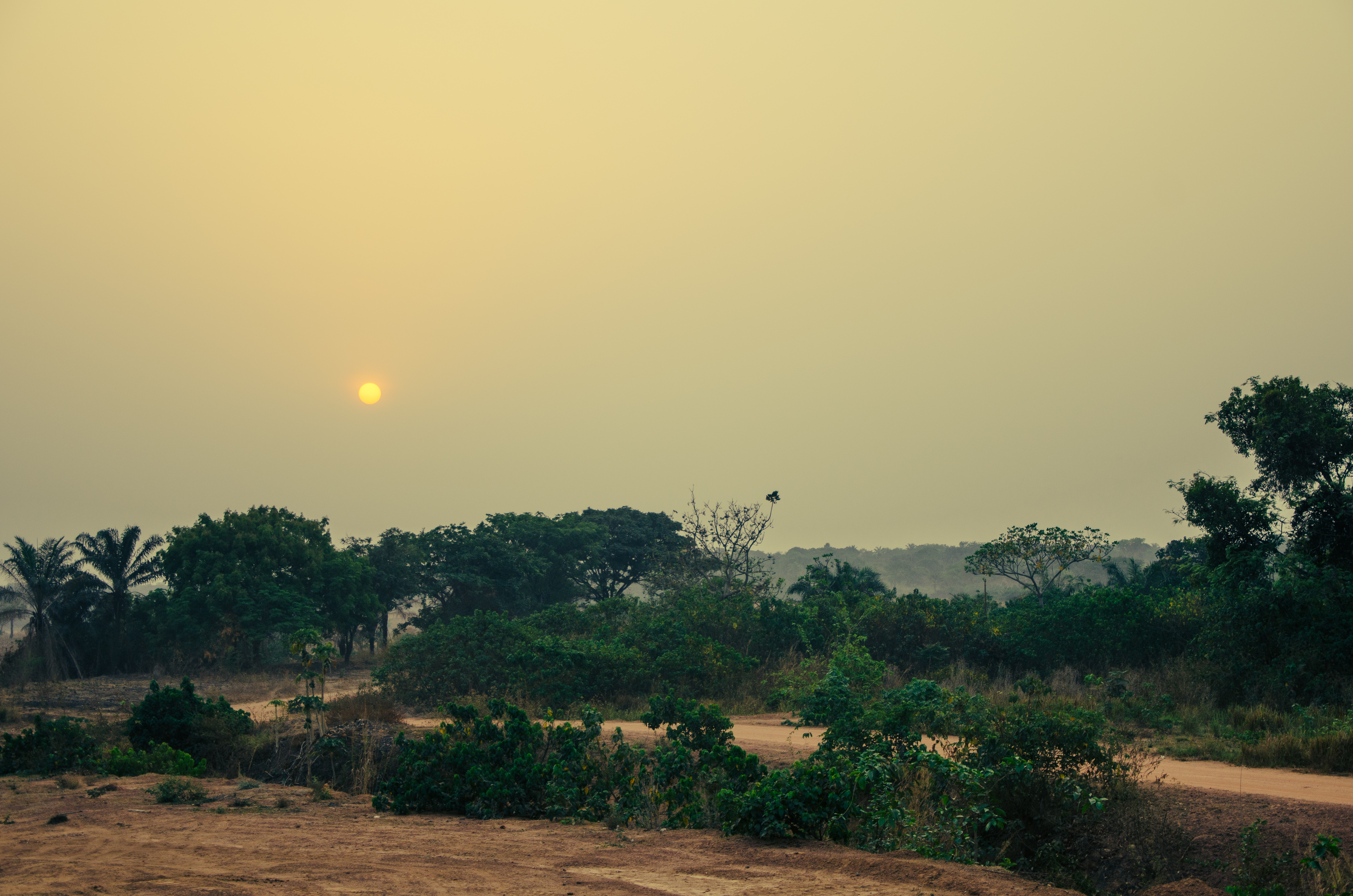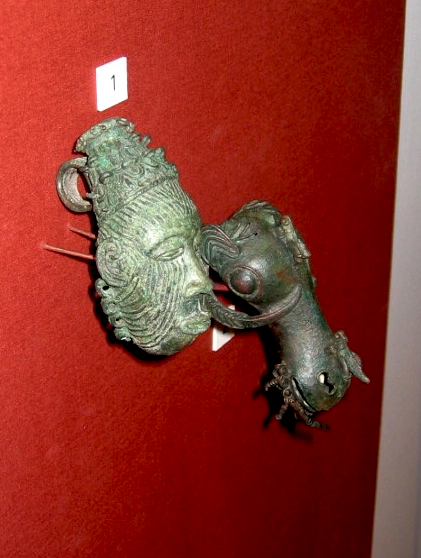|
Raffia
Raffia palms (''Raphia'') are a genus of about twenty species of palms native to tropical regions of Africa, and especially Madagascar, with one species (''R. taedigera'') also occurring in Central and South America. ''R. taedigera'' is the source of raffia fibers, which are the veins of the leaves, and this species produces a fruit called "brazilia pods", "uxi nuts" or "uxi pods". They grow up to tall and are remarkable for their compound pinnate leaves, the longest in the plant kingdom; leaves of ''R. regalis'' up to long and wide are known. The plants are monocarpic, meaning that they flower once and then die after the seeds are mature. Some species have individual stems which die after fruiting, but have a root system which remains alive and sends up new stems which fruit. Cultivation and uses Fiber Raffia fiber is produced from the membrane on the underside of the leaf fronds. The membrane is taken off to create a long thin fiber, which can be rolled together for adde ... [...More Info...] [...Related Items...] OR: [Wikipedia] [Google] [Baidu] |
Ibibio People
The Ibibio people (English: / ɪbɪˈbiːəʊ/) are a coastal people in southern Nigeria. They are mostly found in Akwa Ibom and Cross River States. They are related to the Efik people. During the colonial period in Nigeria, the Ibibio Union asked for recognition by the British as a sovereign nation. The Annang, Efik, Ekid, Oron and Ibeno share personal names, culture, and traditions with the Ibibio, and speak closely related varieties (dialects) of Ibibio which are more or less mutually intelligible. The Ekpo and Ekpe societies are a significant part of the Ibibio political system. They use a variety of masks to execute social control. Body art plays a major role in Ibibio art. Origin The Ibibio people are reputed to be the earliest inhabitants of the south southern Nigeria. It is estimated that they arrived at their present home around 7000 B.C. In spite of the historical account, it is not clear when the Ibibio arrived at state. According to some scholars,they might ... [...More Info...] [...Related Items...] OR: [Wikipedia] [Google] [Baidu] |
Madagascar
Madagascar (; mg, Madagasikara, ), officially the Republic of Madagascar ( mg, Repoblikan'i Madagasikara, links=no, ; french: République de Madagascar), is an island country in the Indian Ocean, approximately off the coast of East Africa across the Mozambique Channel. At Madagascar is the world's second-largest island country, after Indonesia. The nation is home to around 30 million inhabitants and consists of the island of Madagascar (the fourth-largest island in the world), along with numerous smaller peripheral islands. Following the prehistoric breakup of the supercontinent Gondwana, Madagascar split from the Indian subcontinent around 90 million years ago, allowing native plants and animals to evolve in relative isolation. Consequently, Madagascar is a biodiversity hotspot; over 90% of its wildlife is endemic. Human settlement of Madagascar occurred during or before the mid first millennium AD by Austronesian peoples, presumably arriving on outrigger cano ... [...More Info...] [...Related Items...] OR: [Wikipedia] [Google] [Baidu] |
Kuba Kingdom
The Kuba Kingdom, also known as the Kingdom of the Bakuba or Bushongo, is a traditional kingdom in Central Africa. The Kuba Kingdom flourished between the 17th and 19th centuries in the region bordered by the Sankuru, Lulua, and Kasai rivers in the heart of the modern-day Democratic Republic of the Congo. The Kuba Kingdom was a conglomerate of several smaller Bushongo-speaking principalities as well as the Kete, Coofa, Mbeengi, and the Kasai Twa Pygmies. The original Kuba migrated during the 16th century from the north. Nineteen different ethnic groups are included in the kingdom, which still exists and is presided over by the King (''nyim''). History Shyaam a-Mbul The kingdom began as a conglomeration of several chiefdoms of various ethnic groups with no real central authority. In approximately 1625, an individual from outside the area known as Shyaam a-Mbul a Ngoong usurped the position of one of the area rulers and united all the chiefdoms under his leadership. Tra ... [...More Info...] [...Related Items...] OR: [Wikipedia] [Google] [Baidu] |
Nso People
The Nso people are from the Bamenda grass fields Northwest Region of Cameroon. Their traditional language is Lamnso (language of Nso) and their capital is Kumbo – where the Palace of the Fon is found. Summary History The Nso’ people migrated from Tikari in the Adamawa Region of Cameroon when there was a bloody succession after the death of Chief Tinki in 1387. The enthronement of Mveing as successor of Tinki sent all rivals to the throne away from Kimi. Ngonnso’, the founder of the Nso’ dynasty, left Kimi with a few followers together with her brothers Nchare Yen and Mbombam and their respective followers. After parting company with her brothers, Ngonnso’ and her followers first settled in Mbo’nso’, then later to Ndzennso’, Kovifem, Taavisa (for security), back to Koovifem, then to Kimbo (Kumbo). The tribe got its name from Ngonnso’, and is one of the largest tribes of Cameroon. Government Pre-colonial period The Fon is the traditional ruler. He is both ... [...More Info...] [...Related Items...] OR: [Wikipedia] [Google] [Baidu] |
Palm Wine
Palm wine, known by several local names, is an alcoholic beverage created from the sap of various species of palm tree such as the palmyra, date palms, and coconut palms. It is known by various names in different regions and is common in various parts of Africa, the Caribbean, South America, South Asia, Southeast Asia and Micronesia. Palm wine production by smallholders and individual farmers may promote conservation as palm trees become a source of regular household income that may economically be worth more than the value of timber sold. Tapping The sap is extracted and collected by a tapper. Typically the sap is collected from the cut flower of the palm tree. A container is fastened to the flower stump to collect the sap. The white liquid that initially collects tends to be very sweet and non-alcoholic before it is fermented. An alternative method is the felling of the entire tree. Where this is practised, a fire is sometimes lit at the cut end to facilitate the c ... [...More Info...] [...Related Items...] OR: [Wikipedia] [Google] [Baidu] |
Arecaceae
The Arecaceae is a family of perennial flowering plants in the monocot order Arecales. Their growth form can be climbers, shrubs, tree-like and stemless plants, all commonly known as palms. Those having a tree-like form are called palm trees. Currently, 181 genera with around 2,600 species are known, most of which are restricted to tropical and subtropical climates. Most palms are distinguished by their large, compound, evergreen leaves, known as fronds, arranged at the top of an unbranched stem. However, palms exhibit an enormous diversity in physical characteristics and inhabit nearly every type of habitat within their range, from rainforests to deserts. Palms are among the best known and most extensively cultivated plant families. They have been important to humans throughout much of history. Many common products and foods are derived from palms. In contemporary times, palms are also widely used in landscaping. In many historical cultures, because of their importance ... [...More Info...] [...Related Items...] OR: [Wikipedia] [Google] [Baidu] |
Africa
Africa is the world's second-largest and second-most populous continent, after Asia in both cases. At about 30.3 million km2 (11.7 million square miles) including adjacent islands, it covers 6% of Earth's total surface area and 20% of its land area.Sayre, April Pulley (1999), ''Africa'', Twenty-First Century Books. . With billion people as of , it accounts for about of the world's human population. Africa's population is the youngest amongst all the continents; the median age in 2012 was 19.7, when the worldwide median age was 30.4. Despite a wide range of natural resources, Africa is the least wealthy continent per capita and second-least wealthy by total wealth, behind Oceania. Scholars have attributed this to different factors including geography, climate, tribalism, colonialism, the Cold War, neocolonialism, lack of democracy, and corruption. Despite this low concentration of wealth, recent economic expansion and the large and young population make Afric ... [...More Info...] [...Related Items...] OR: [Wikipedia] [Google] [Baidu] |
Southeastern Nigeria
Igboland ( Standard ), also known as Southeastern Nigeria (but extends into South-Southern Nigeria), is the indigenous homeland of the Igbo people. It is a cultural and common linguistic region in southern Nigeria. Geographically, it is divided by the lower Niger River into two sections: an eastern (the larger of the two) and a western one. Its population is characterised by the diverse Igbo culture and the speakers of equally diverse Igbo languages. Politically, Igboland is divided into several southern Nigerian states; culturally, it has included several subgroupings, including the Anioma, the Ngwa, the Aro, the Ezza, the Ibeku, the Ohuhu, the Oboro, the Ikwerre, the Ogba, the Omuma, the Ohafia, the Oyigbo, the Mbaise, the Isu and the Ekpeye. Territorial boundaries Igboland is surrounded on all sides by large rivers, and other southern and central Nigeria indigenous tribes, namely Igala, Tiv, Yako, Idoma and Ibibio. In the words of William B. Baikie, "Igbo set ... [...More Info...] [...Related Items...] OR: [Wikipedia] [Google] [Baidu] |
Bahumono
The Bahumono (Ehumono, Kohumono) people are the ethnic group in Nigeria located primarily in the Abi local government area of Cross River State. They are the largest ethnic group in the region. They speak the Kohumono language. History The Ehumono live along the Cross River and are known to have migrated from Hotumusa around the region of a rock called Ekpon á Rara, which they claim to be their spiritual and ancestral home. The tribe consists of eight villages namely; Ebijakara (Ebriba), Ebom, Ediba, Usumutong, Anong, Igonigoni, Afafanyi, and Abeugo. They are closely related to the Efik, Waawa , Yakurr , Akunakuna, Ekoi people and Annang people. The Bahumono people during the pre colonial period were adamant to accept the laws of the British administration. They and other upper Cross River tribes foiled the Cross River expedition of 1895, 1896 and 1898 leading to the massacre of several British personnel. They were once part of the Aro Confederacy. Culture and traditio ... [...More Info...] [...Related Items...] OR: [Wikipedia] [Google] [Baidu] |
Annang
The Anaang (also spelled Annang) are a sub-ethnic group of the larger Ibibio people, whose land is primarily within 8 of the present 31 local government areas in Akwa Ibom State: Abak, Essien Udim, Etim Ekpo, Ika, Ikot Ekpene, Obot Akara, Oruk Anam, Ukanafun in Akwa Ibom State, and 3 of the 17 Local government areas in Abia State: Ugwunagbo, Obi Ngwa,and Ukwa East of Abia State. The Anaang were formerly located in the former Abak and Ikot Ekpene Divisions of the Anaang Province, as well as part of the former Opobo Division of Uyo Province, in the former Eastern Region of Nigeria. The proper name for the Ika of Akwa Ibom is Ika-Annang. Based on 2018 estimates, there are about 4 million Annang speakers in Akwa Ibom, Abia state and over a million speakers living outside these states. History Oral history According to oral tradition, the Abiakpo came to the northern range of Anaang from Eka Abiakpo. They were quickly followed by the Ukana clan, the Utu, Ekpu, Ebom and Nyama (th ... [...More Info...] [...Related Items...] OR: [Wikipedia] [Google] [Baidu] |
Oil Palm
''Elaeis'' () is a genus of palms containing two species, called oil palms. They are used in commercial agriculture in the production of palm oil. The African oil palm '' Elaeis guineensis'' (the species name ''guineensis'' referring to its country of origin) is the principal source of palm oil. It is native to west and southwest Africa, occurring between Angola and Gambia. The American oil palm '' Elaeis oleifera'' () is native to tropical Central and South America, and is used locally for oil production. Description Mature palms are single-stemmed, and can grow well over tall. The leaves are pinnate, and reach between long. The flowers are produced in dense clusters; each individual flower is small, with three sepals and three petals. The palm fruit is reddish, about the size of a large plum, and grows in large bunches. Each fruit is made up of an oily, fleshy outer layer (the pericarp), with a single seed (the palm kernel), also rich in oil. Species The two species, ... [...More Info...] [...Related Items...] OR: [Wikipedia] [Google] [Baidu] |
Igbo People
The Igbo people ( , ; also spelled Ibo" and formerly also ''Iboe'', ''Ebo'', ''Eboe'', * * * ''Eboans'', ''Heebo''; natively ) are an ethnic group in Nigeria. They are primarily found in Abia, Anambra, Ebonyi, Enugu, and Imo States. A sizable Igbo population is also found in Delta and Rivers States. Large ethnic Igbo populations are found in Cameroon, Gabon, and Equatorial Guinea, as well as outside Africa. There has been much speculation about the origins of the Igbo people, which are largely unknown. Geographically, the Igbo homeland is divided into two unequal sections by the Niger River—an eastern (which is the larger of the two) and a western section. The Igbo people are one of the largest ethnic groups in Africa. The Igbo language is part of the Niger-Congo language family. Its regional dialects are somewhat mutually intelligible amidst the larger "Igboid" cluster. The Igbo homeland straddles the lower Niger River, east and south of the Edoid and Idomoid g ... [...More Info...] [...Related Items...] OR: [Wikipedia] [Google] [Baidu] |







